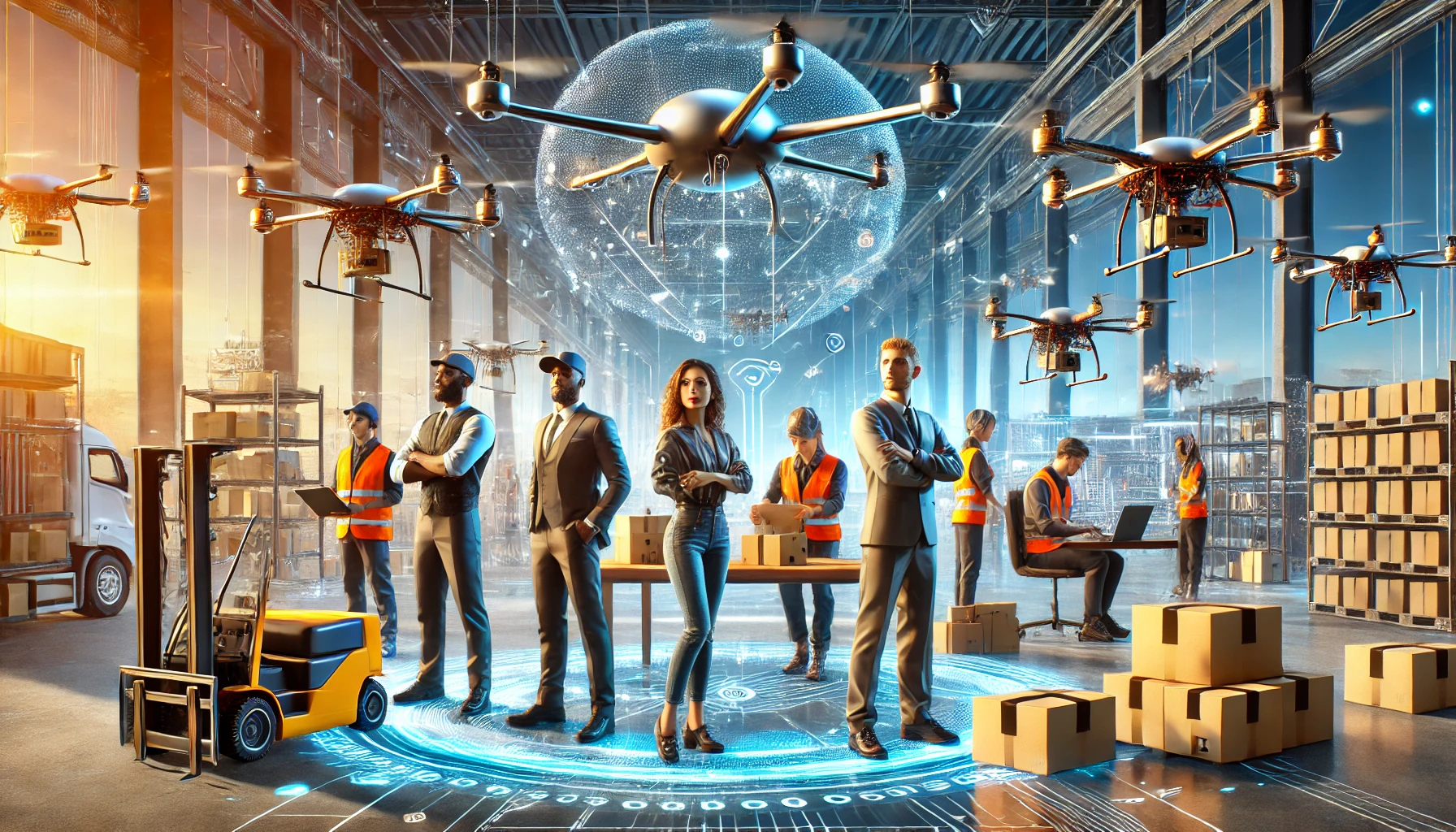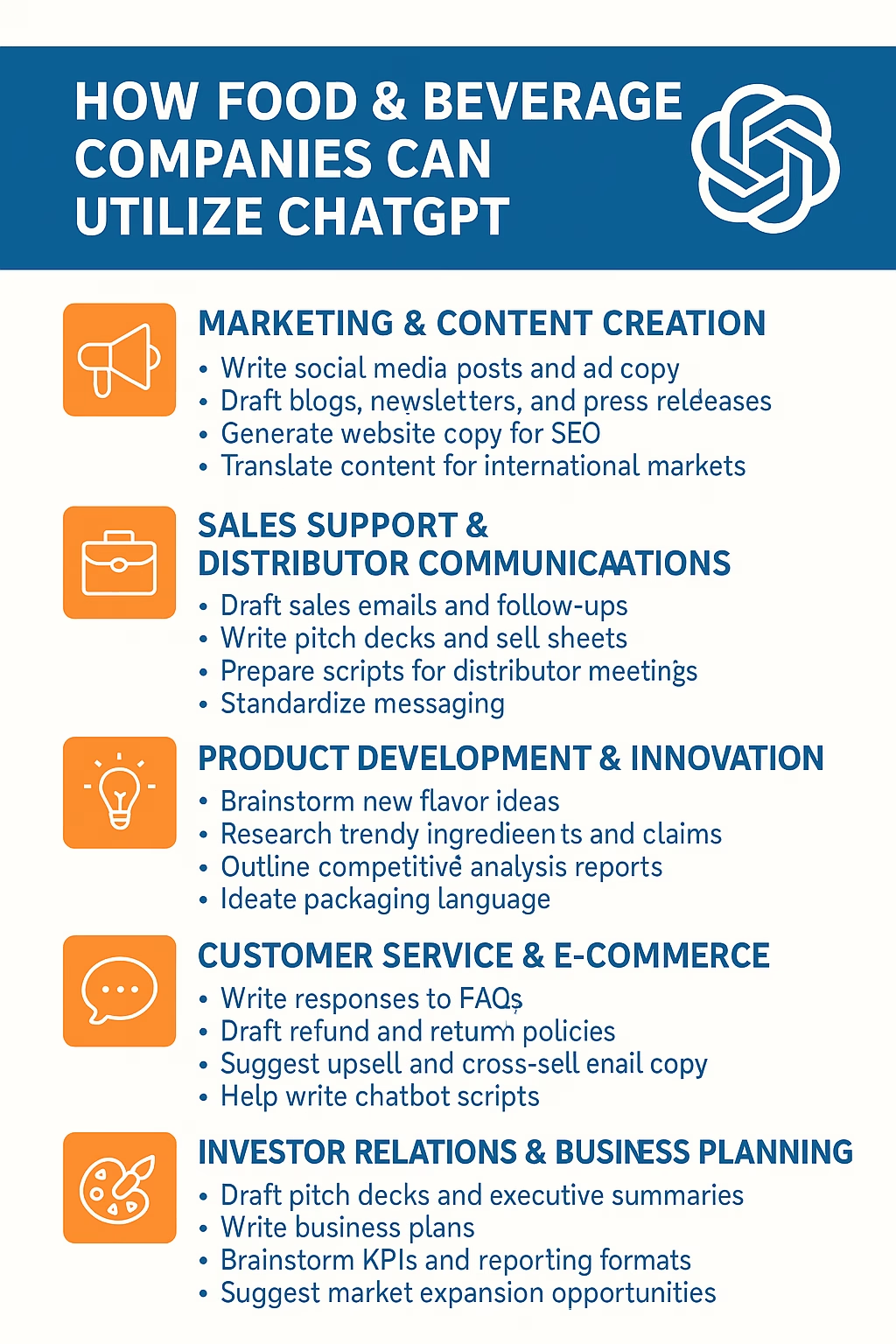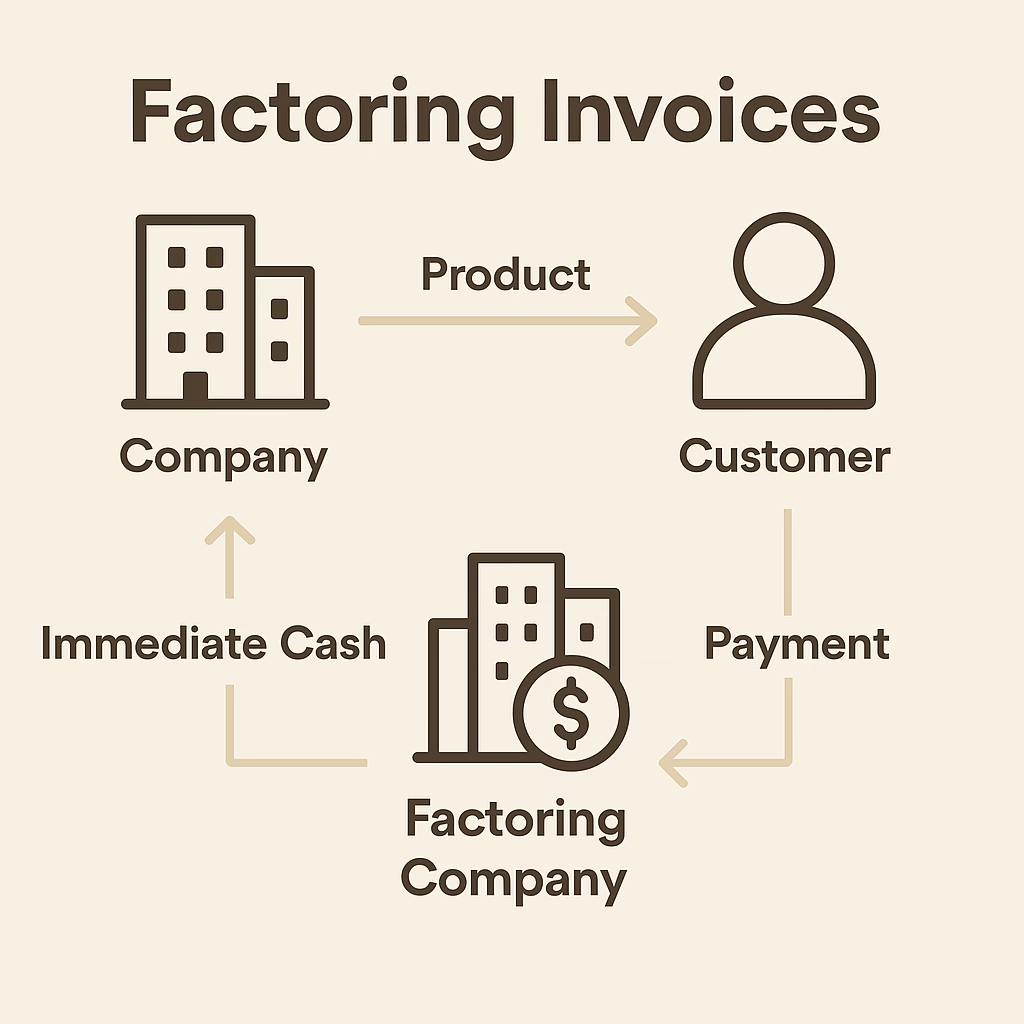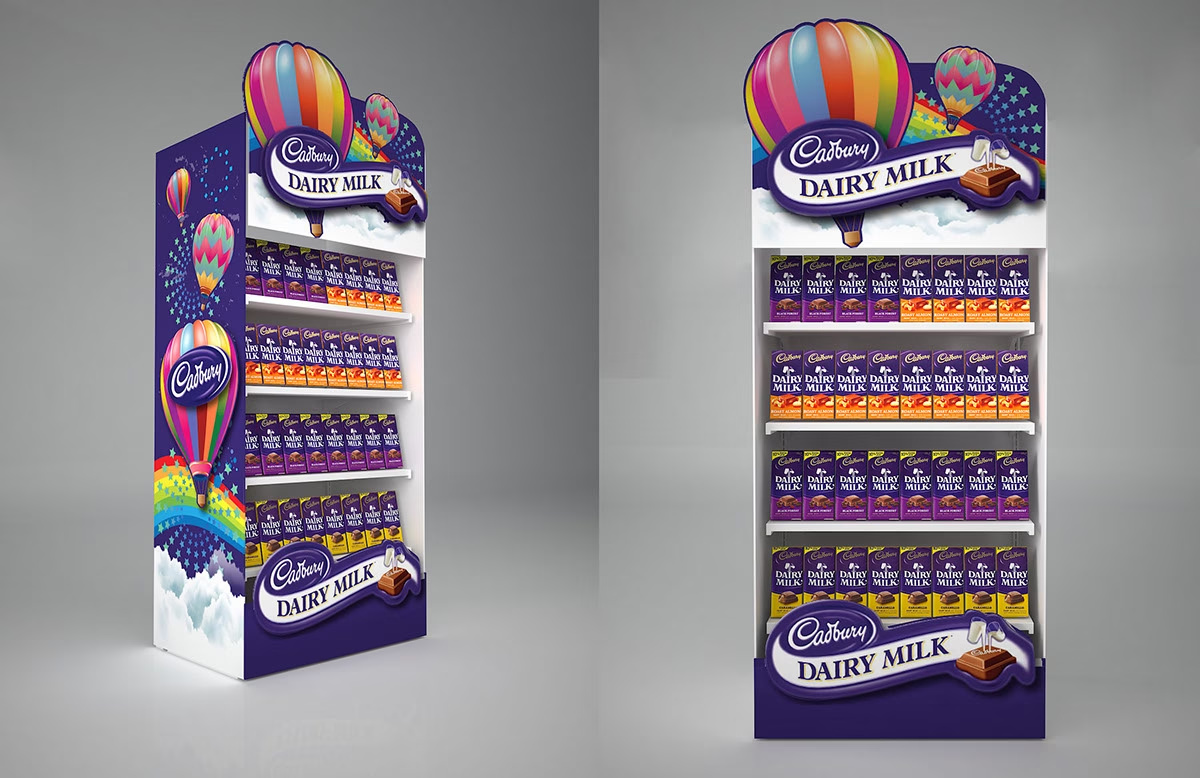Introduction: What Is a Burning Platform? Most businesses don’t change because they want to. They change because they have to.…
The Future of Operations & Logistics: Trends to Watch in 2025
As we approach 2025, the operations and logistics sector is set to experience significant transformations driven by advancements in technology and changes in consumer behavior. Businesses should be aware of these emerging trends to stay competitive and efficient. Here are key trends that will shape the future of operations and logistics.
1. Increased Adoption of Automation and Robotics
Automation and robotics are not new to logistics, but their adoption is expected to accelerate dramatically by 2025. From autonomous vehicles handling last-mile deliveries to robotic systems managing warehousing operations, these technologies reduce human error, increase efficiency, and lower operational costs. Explore the benefits of automation in logistics.
2. Enhanced Focus on Sustainability
Sustainability will continue to be a major focus in the logistics industry. Companies are increasingly adopting green logistics practices, such as using electric vehicles and optimizing route planning to reduce carbon footprints. This shift not only helps the environment but also aligns with the growing consumer demand for environmentally responsible companies. Learn more about sustainable logistics practices.
3. Integration of Advanced Data Analytics
Advanced data analytics will play a crucial role in operations and logistics. By leveraging big data, AI, and machine learning, companies can predict trends, optimize routes, and manage inventory more effectively. This integration allows for real-time decision-making and can significantly enhance operational efficiencies. Read about the importance of data analytics in logistics.
4. Growth of E-commerce and Demand for Faster Delivery
The e-commerce boom is driving demand for faster, more reliable delivery services. In response, logistics companies are innovating to provide same-day and even hour-specific deliveries. This trend requires robust logistics strategies and technologies to ensure efficiency and customer satisfaction. Discover how e-commerce is changing logistics.
5. Expansion of Supply Chain Visibility
Supply chain visibility will become more crucial by 2025. Technologies such as IoT and blockchain are enabling more transparent and traceable logistics processes. This visibility not only improves security and compliance but also helps in managing disruptions more effectively, ensuring smoother operations. Find out how to enhance supply chain visibility.
6. Adoption of As-a-Service Models
Logistics-as-a-Service (LaaS) and similar as-a-service models are becoming more popular, providing companies with flexible, scalable logistics solutions without the need for heavy capital investment. This trend allows companies to adapt more quickly to market changes and demand fluctuations. Explore the advantages of as-a-service models.
7. Personalization of Logistics Services
As consumer expectations grow, there is a rising demand for personalized logistics services. This includes customized delivery options, packaging, and even personalized handling of goods. Companies that can offer these tailored services are likely to see greater customer loyalty and competitive advantage. Learn about personalizing logistics services.
8. Increased Use of Collaborative Robots (Cobots)
Cobots are designed to work alongside humans to enhance productivity rather than replace human labor. Their use in logistics for tasks like picking and packing, assembly, and materials handling is expected to rise, providing support to workers and improving workplace safety. Read about the role of cobots in logistics.
Staying ahead of these trends in operations and logistics can provide companies with significant advantages in terms of cost efficiency, customer satisfaction, and innovation. By embracing these developments, businesses can better prepare for the demands of the future market landscape.







